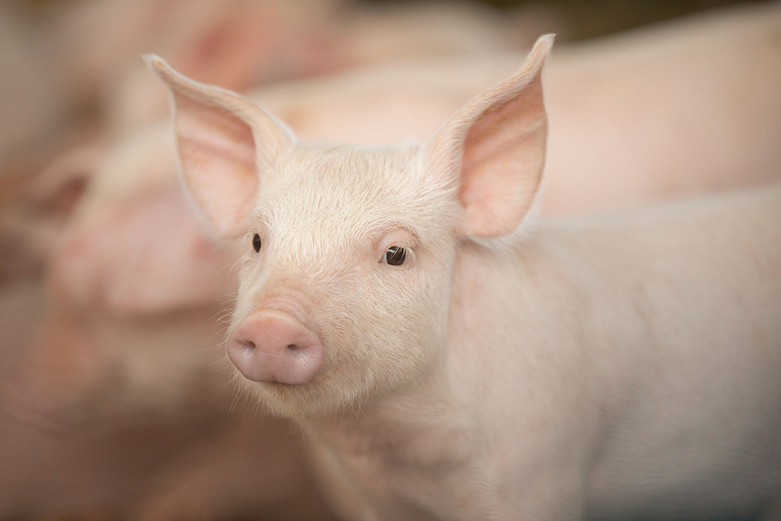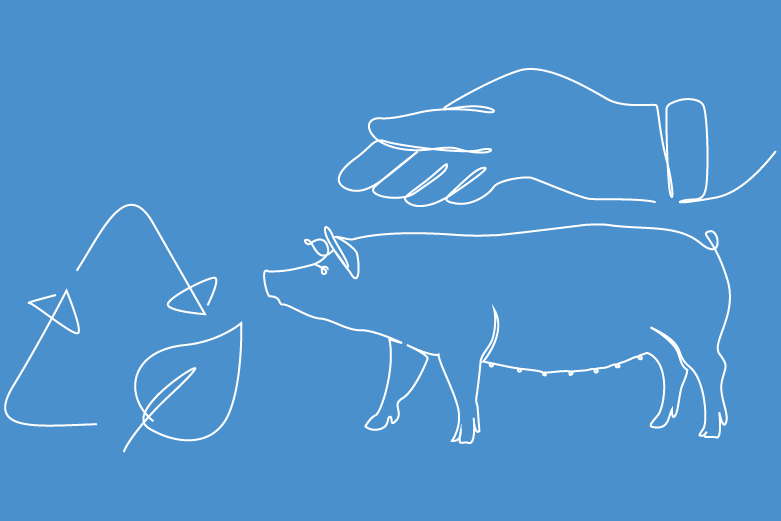Pig production has environmental impacts through factors such as greenhouse gas emissions, water use, energy consumption and waste generation. This impact is closely related to key production parameters such as growth rate, feed intake and litter size. Breeding programmes in pig production have an impact on these parameters that should result in a reduction of the environmental impact. This article applies two life cycle assessment (LCA) studies to quantify such a reduction.
In the first LCA, the environmental impact of pigs in the year 2021 was compared with the expected impact in the year 2030, concluding an improvement of 7-9% over the 9-year period analysed.
In the second LCA, the impact of the PIC pigs was compared to the North American pork industry average. By jointly analysing data from customers of the breeding company (1.1 million sows and 4.7 million fattening pigs) and producers subscribing to an independent data management company (1.3 million sows and 9.1 million fattening pigs) it was concluded that breeding company pigs have a 7-8% lower impact compared to the North American industry average. The study demonstrates that pig breeding is associated with positive environmental outcomes in response to the selection of breeding targets aimed at productive profitability. This trend of additive breeding, together with investment in breeding stock structure, technological investment, and operational efficiency of breeding companies, will be determinant in the environmental impact of pig production.
PIC’s comment
Juan Manuel Herrero, Genetic Service, and Pablo Magallon, Technical Services, PIC Southern Europe
Agricultural and livestock supply chains are trying to advance climate goals, through feasible and practical strategies to promote environmental, productivity and profitability sustainability needs. While the impact of breeding programmes has historically been associated with increased productivity and profitability in the agri-food industry, their impact on reducing environmental impact is much less well known and studied. The results of this study demonstrate not only that pig breeding programmes significantly reduce greenhouse gas emissions, natural resource use and waste generation, but also that this environmental impact can be credibly and defensibly quantified through an ISO-compliant Life Cycle Assessment (LCA).
The next crucial step for its application in the pig industry would be to create a regulatory framework that allows key industries in pig production to officially claim and certify carbon emission reductions. This work represents a key step towards a more ambitious goal: to provide standardised methodologies and criteria for quantifying, verifying, and reporting greenhouse gas reductions in pig production in a standardised and credible manner. The reduction of environmental impact through advanced technologies such as genetic improvement, among others, will in the future be associated with additional product value, both at the level of live pigs and of meat and meat products. This study therefore lays the necessary foundations for the pork supply chain to move towards ambitious climate commitments and create new monetizable product attributes for farmers, thereby improving long-term sustainability and profitability.
This article was originally published in the Spanish trade journal SUIS.




